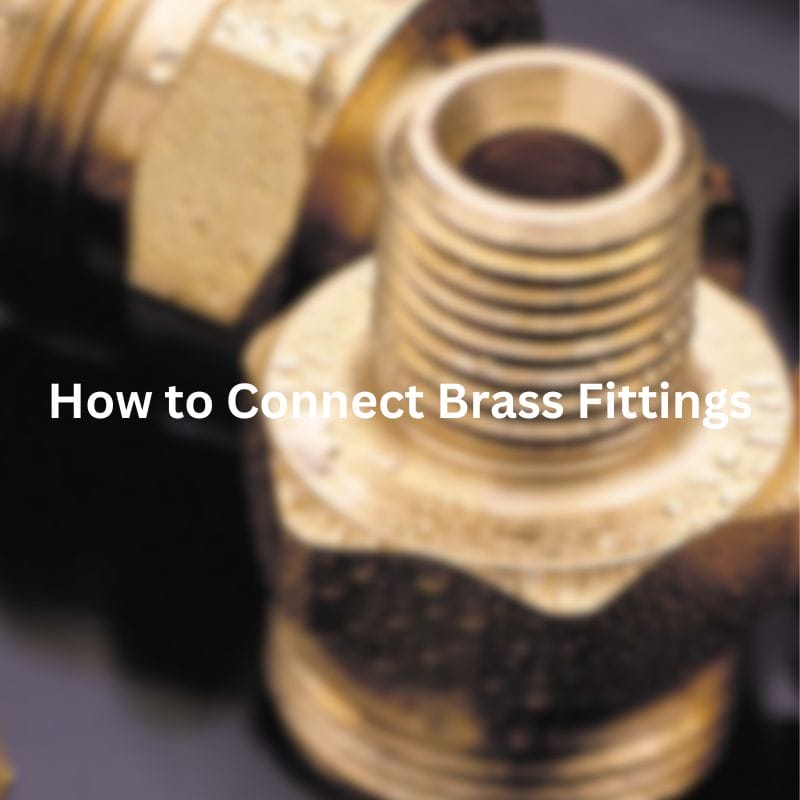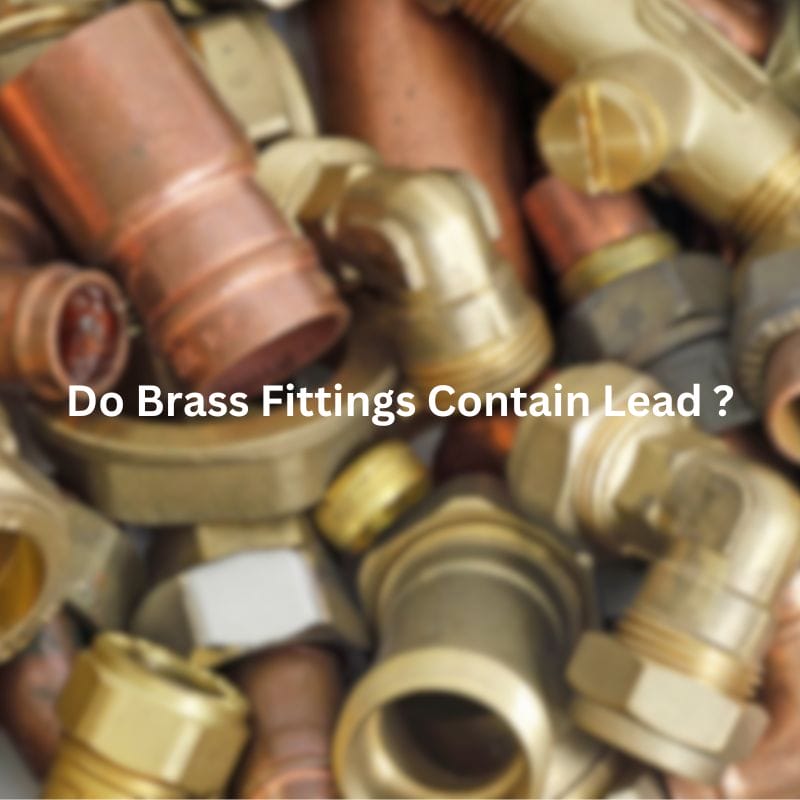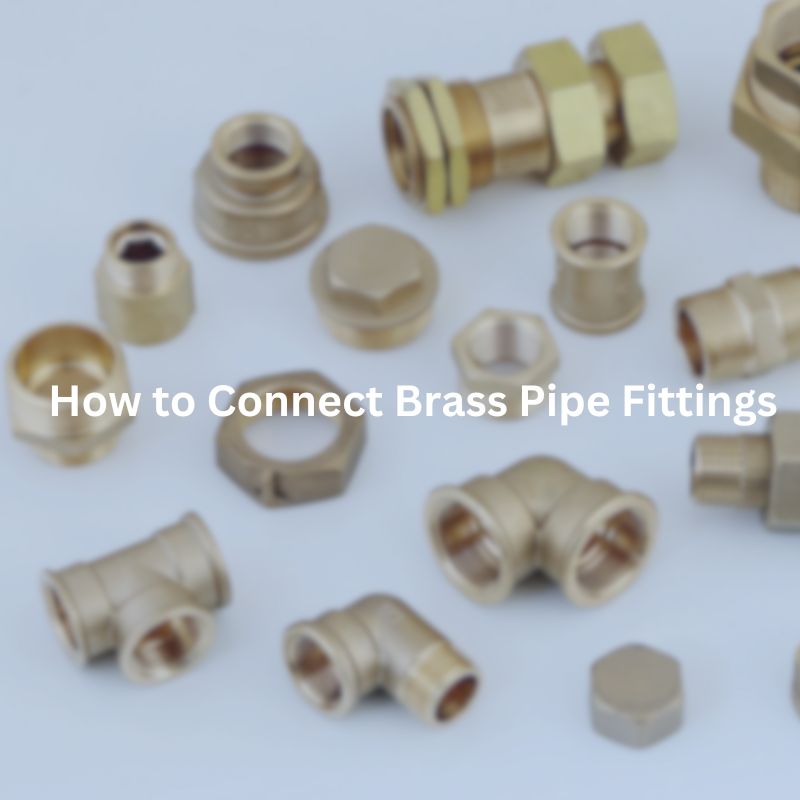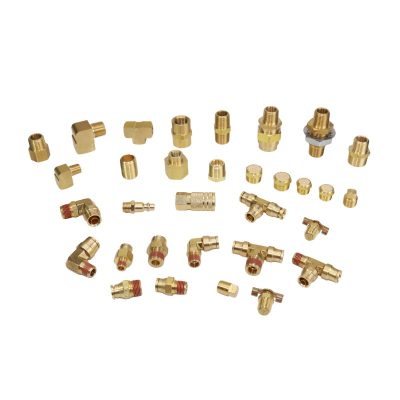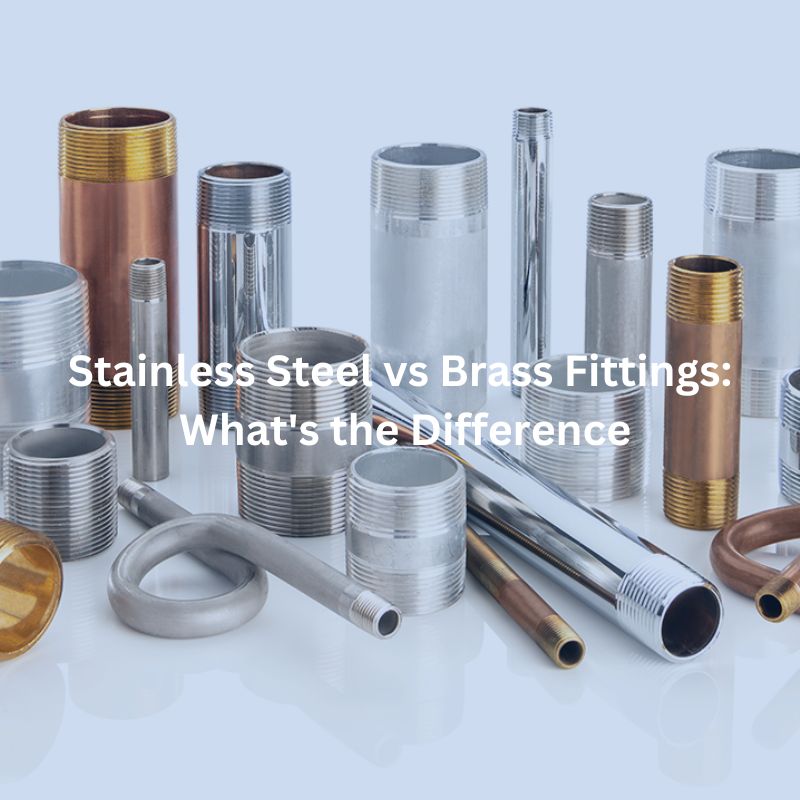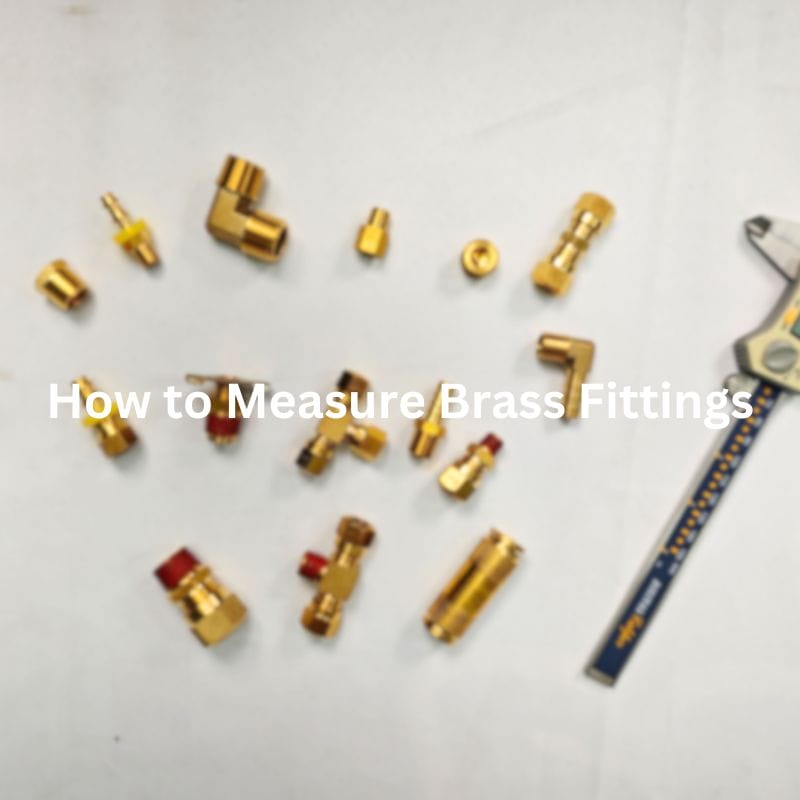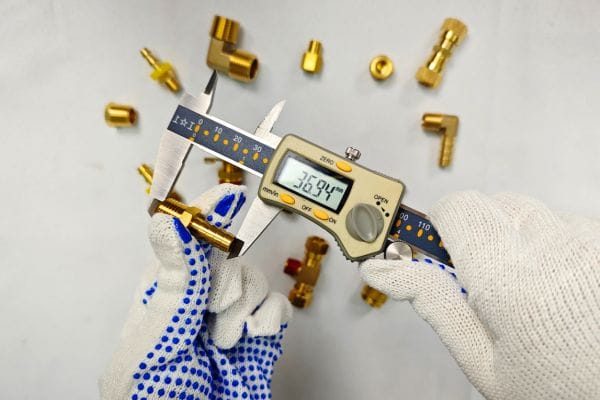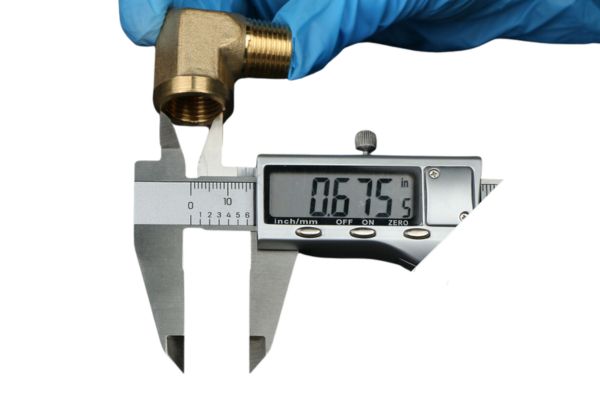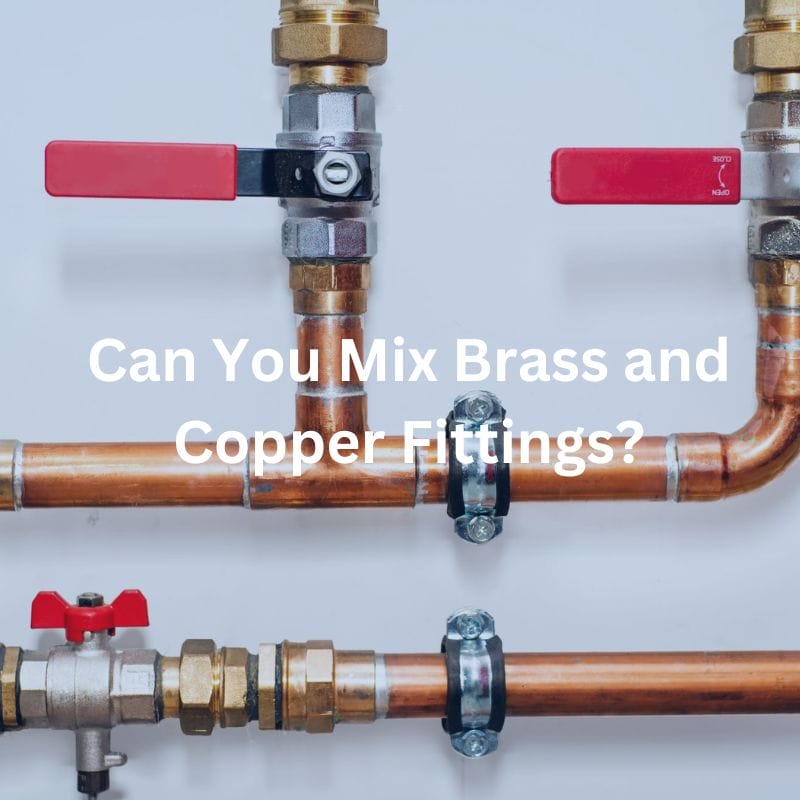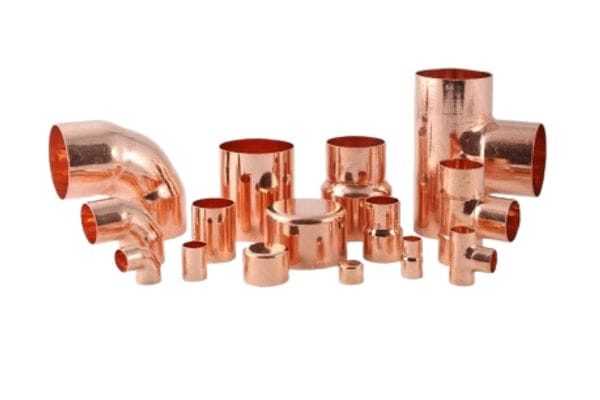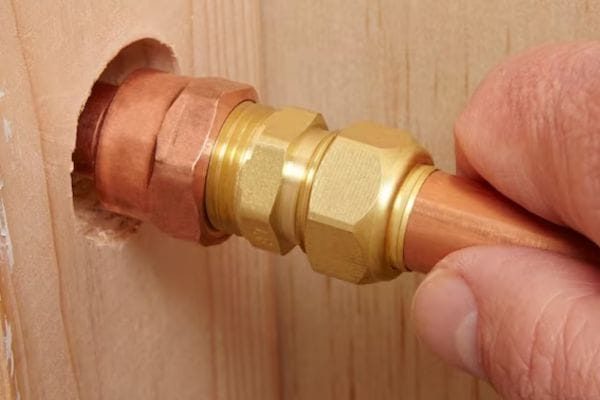How to Use Teflon Tape on Brass Fittings
Table of Contents
Introduction
Brass fittings, known for their durability and resistance to corrosion, are commonly used in plumbing systems for their ability to withstand high pressures and temperatures. One of the most effective methods for sealing threaded connections is using Teflon tape, also known as PTFE (polytetrafluoroethylene) tape or plumber’s tape. This thin, flexible tape is applied to the threads of pipe fittings to create a tight seal that prevents leaks and enhances the longevity of the connection. With the right techniques and a bit of practice, you can achieve leak-free connections.
Understanding Teflon Tape

What is Teflon Tape?
Teflon tape, formally known as PTFE (polytetrafluoroethylene) tape, is a fundamental tool in the plumbing industry. This versatile, non-adhesive film is commonly referred to as plumber’s tape due to its widespread use in sealing pipe threads. The primary function of Teflon tape is to prevent leaks by filling the minute gaps between threaded connections, ensuring a watertight or airtight seal.
The material composition of Teflon tape allows it to be highly resistant to water, chemicals, and temperature variations, making it an ideal sealing solution for a variety of plumbing applications. Its thin, flexible nature enables it to conform easily to the threads of pipes and fittings, creating a durable seal that can withstand the pressures and conditions typically encountered in plumbing systems.
Types of Teflon Tape
Teflon tape is available in several types, each distinguished by color and intended for specific applications. Understanding the different types of Teflon tape is crucial for selecting the right tape for your plumbing project:
White Teflon Tape: This is the most common type of Teflon tape and is typically used for standard water pipe applications. It is suitable for sealing the threads of most household plumbing connections, including those for faucets, showerheads, and other water fixtures.
Yellow Teflon Tape: Specifically designed for gas lines, yellow Teflon tape is thicker and denser than its white counterpart. It is used to seal the threads of gas pipe connections, ensuring a safe and secure seal that can prevent gas leaks. It is essential for applications involving natural gas, propane, and other gas systems.
Pink Teflon Tape: This heavy-duty tape is used for water lines and is thicker than white Teflon tape, providing a more robust seal. It is often used in commercial and industrial plumbing applications where a stronger, more durable seal is required.
Why Use Teflon Tape with Brass Fittings?
Ensuring a Tight Seal
Brass fittings, like all threaded fittings, have small gaps and imperfections in their threads that can allow water or gas to leak through if not properly sealed. Teflon tape addresses this issue by filling these gaps and creating a tight seal. When wrapped around the threads, the tape conforms to the contours of the threads, effectively plugging any potential leakage paths. This tight seal is crucial in both high-pressure and low-pressure systems to maintain the integrity of the plumbing system.
Preventing Leaks
Leak prevention is one of the primary reasons for using Teflon tape with brass fittings. Leaks can lead to water damage, mold growth, and increased utility bills in water systems. In gas systems, leaks can be hazardous, posing risks of fire or explosion. By using Teflon tape, you create a reliable barrier that prevents fluids or gases from escaping through the threaded connections.
Step-by-Step Guide to Using Teflon Tape on Brass Fittings
Achieving a secure and leak-free connection with brass fittings requires the correct application of Teflon tape. This step-by-step guide will walk you through the process, ensuring that your fittings are properly sealed and ready for use.
Gathering Your Materials
Before you begin, make sure you have all the necessary materials and tools on hand. Having everything ready will make the process smoother and more efficient.
Teflon tape: Choose the appropriate type for your application (e.g., white for water lines, yellow for gas lines).
Brass fittings: Ensure they are the correct size and type for your plumbing project.
Wrench: A suitable wrench for tightening the fittings.
Clean cloth: For cleaning the threads of the fittings.
Preparation
Proper preparation of the brass fittings is crucial for ensuring a secure seal. Follow these steps to get the fittings ready:
Clean the Threads: Use a clean cloth to thoroughly remove any dirt, oil, or debris from the threads of the brass fittings. Clean threads provide a better surface for the Teflon tape to adhere to and create a more effective seal.
Ensure Dryness: Make sure the threads are completely dry before applying the tape. Moisture can interfere with the tape’s ability to adhere properly and may compromise the seal.

Applying the Teflon Tape
Applying Teflon tape correctly is key to achieving a leak-free connection. Here’s how to do it:
Starting Point: Begin wrapping the tape 1-2 threads back from the end of the fitting. This prevents the tape from getting into the system, where it could potentially cause blockages or other issues.
Direction: Wrap the tape clockwise around the threads. This is the same direction that the fitting will be screwed on. Wrapping in the correct direction ensures that the tape does not unravel when the fitting is tightened.
Number of Wraps: Typically, 3-5 wraps of tape are sufficient to create a good seal. The exact number of wraps may vary depending on the specific fitting and application, but this range generally provides effective coverage.
Smooth Application: As you wrap the tape, ensure it is applied smoothly and evenly without wrinkles or overlaps. A smooth application ensures consistent coverage and a more reliable seal.
Connecting the Fittings
Once the Teflon tape is applied, the fittings can be connected. Follow these steps for proper assembly:
Hand-Tighten First: Start by screwing the fittings together by hand. This initial step ensures that the threads are properly aligned and engaged. Hand-tightening also helps to avoid cross-threading, which can damage the fittings and compromise the seal.
Final Tightening: After hand-tightening, use a wrench to securely tighten the connection. Be cautious not to over-tighten, as excessive force can damage the threads and the Teflon tape, leading to leaks. Tighten the fitting until it feels snug, then give it an additional quarter turn with the wrench.
By following these steps, you can ensure that your brass fittings are properly sealed with Teflon tape, providing a reliable and leak-free connection. This meticulous approach not only prevents leaks but also extends the life of your plumbing system, saving you time and money on future repairs.
Common Mistakes and How to Avoid Them
When using Teflon tape on brass fittings, avoiding common mistakes is essential to ensure a secure, leak-free connection. Understanding these mistakes and knowing how to avoid them can save you time, effort, and potential frustration. Here are the most common pitfalls and how to prevent them.
Using the Wrong Type of Tape
One of the most frequent mistakes is using the incorrect type of Teflon tape for your specific application. Teflon tape comes in different colors, each designed for particular uses.
Solution: Ensure you use the appropriate type of Teflon tape for brass fittings. Typically, white Teflon tape is used for water lines, while yellow tape is for gas lines, and pink tape is for heavy-duty water lines. Always check the tape’s specifications to match them with your project’s requirements.

Incorrect Application
Proper application of Teflon tape is critical for creating a reliable seal. Incorrect application can lead to leaks and compromised connections.
Wrong Direction:
Mistake: Wrapping the tape counterclockwise can cause it to unravel when the fitting is tightened.
Solution: Always wrap the tape clockwise around the threads. This ensures the tape stays in place as the fitting is tightened.
Inadequate Layers:
Mistake: Using too few layers of tape can result in an insufficient seal, while too many layers can cause difficulty in screwing the fittings together.
Solution: Apply 3-5 wraps of tape for a secure seal. This range provides adequate coverage without excess bulk.
Uneven Application:
Mistake: Wrinkles, overlaps, or gaps in the tape can compromise the seal and lead to leaks.
Solution: Apply the tape evenly and smoothly. Make sure each layer is flat and tight against the threads without overlaps or gaps.
Over-Tightening
Applying excessive force when tightening fittings can damage both the threads and the Teflon tape, leading to potential leaks and reduced connection integrity.
Risks: Over-tightening can strip the threads, deform the fittings, or tear the Teflon tape, compromising the seal.
Solution: Tighten the fitting until it feels snug, then, give it a quarter turn with a wrench. This method ensures a secure connection without over-stressing the threads or the tape.
By avoiding these common mistakes, you can ensure a more reliable and durable seal with your brass fittings. Proper selection and application of Teflon tape, along with careful tightening, will help you achieve leak-free connections and maintain the integrity of your plumbing system.
Troubleshooting and Maintenance Tips
Ensuring your brass fittings sealed with Teflon tape remain leak-free and durable involves regular troubleshooting and maintenance. Here are some essential tips to help you maintain your plumbing connections effectively.
Checking for Leaks
After assembling your brass fittings, it is crucial to check for any signs of leaks to ensure that the connection is secure.
Method:
Run Water Through the Connection: Obs closely observe the connection point once the fittings are assembled and the water supply is turned on.
Inspect for Leaks: Look for any signs of water seeping out from the threads. Even small drips can indicate an improper seal.
Action:
If a Leak is Detected:
Disassemble the Connection: Carefully unscrew the fittings.
Reapply Teflon Tape: Remove the old tape completely from the threads, ensuring no residue is left behind. Clean the threads with a cloth.
Rewrap with New Tape: Apply fresh Teflon tape, ensuring it is wrapped evenly and in the correct direction.
Tighten Again: Reassemble the fittings, hand-tightening first, then using a wrench for the final snug fit.

Reapplying Teflon Tape
If you need to disconnect and reconnect fittings for any reason, it’s essential to reapply fresh Teflon tape to maintain a proper seal.
When Needed:
During Maintenance: Anytime fittings are unscrewed and reconnected.
After Leak Detection: If a leak is found and the connection needs to be resealed.
Steps:
Remove Old Tape: Completely strip off the old Teflon tape from the threads. Use a cloth to clean the threads thoroughly, removing any remnants.
Clean the Threads: Ensure the threads are clean and dry.
Rewrap with New Tape: Apply new Teflon tape, starting 1-2 threads back from the end, wrapping clockwise, and ensuring 3-5 layers for a secure seal.
Routine Maintenance
Regular maintenance helps to ensure the longevity and reliability of your plumbing connections.
Regular Checks:
Inspect Connections: Periodically check all Teflon-taped connections for any signs of wear, corrosion, or leaks. This can be done during routine plumbing inspections or whenever you perform maintenance on your plumbing system.
Preventive Measures:
Ensure Fittings Remain Tight: Over time, vibrations and temperature changes can cause fittings to loosen. Check that all fittings are still snug and give them a slight turn with a wrench if necessary.
Check Tape Integrity: Look for signs that the Teflon tape might be deteriorating, such as visible wear or discoloration. If the tape appears compromised, it’s best to reapply the new tape.
By following these troubleshooting and maintenance tips, you can ensure that your brass fittings remain secure and leak-free. Regular checks and proper reapplication of Teflon tape will help maintain the integrity and performance of your plumbing system, preventing potential issues and prolonging the lifespan of your connections.
Conclusion
With the knowledge gained from this guide, you can confidently tackle your next plumbing project. Proper use of Teflon tape is a straightforward yet highly effective method for ensuring long-lasting and secure fittings. For more plumbing tips and professional advice, be sure to follow our blog. We regularly share valuable insights and practical tips to help you with your plumbing projects. If you have any questions or need further assistance, don’t hesitate to reach out to us.
FAQ
Yes, Teflon tape is suitable for most brass fittings used in plumbing. It helps create a tight seal and prevent leaks. However, ensure you use the correct type of tape for your specific application (e.g., white for water lines, yellow for gas lines).
Typically, 3-5 wraps of Teflon tape are sufficient to create a secure seal. This range provides adequate coverage without adding too much bulk, which can make it difficult to screw the fittings together.
Always wrap Teflon tape clockwise around the threads. This ensures that the tape stays in place and doesn’t unravel when the fitting is tightened.
No, Teflon tape should not be reused. Once a fitting has been unscrewed, the tape will be compressed and may not provide an effective seal if reused. Always apply fresh tape when reconnecting fittings.
While brass to brass fittings can sometimes create a tight seal without tape, using Teflon tape is recommended to ensure a leak-free connection. The tape fills any small gaps and provides additional sealing and lubrication.
Yes, Teflon tape can be used with various types of fittings, including PVC, copper, and steel. It is versatile and effective for sealing threaded connections in many plumbing applications. Always ensure you use the appropriate type of tape for the specific material and application.


